I envy those who get to experience Final Fantasy VII Remake for the first time, I really do. This thought has been at the back of my head over the past few days as I’ve revisited the world of Midgar – the familiar faces of Cloud and friends a welcome sight after a year of absence, shined up and repackaged for the new generation under the Intergrade branding. This dangerous blend of nostalgia for Final Fantasy VII mixed with the call for new and improved content… it’s overwhelming – in a good way.
The PlayStation 5 isn’t entertaining some basic port. No, Square Enix has pulled out all the stops to not only update the game’s visuals, but craft some additional content as well. You’ve got the base game, of course, but also a lengthy bit of downloadable content featuring the young ninja and materia hunter Yuffie Kisaragi. Along with a new summon and VR content, there’s plenty here for both returning fans and newcomers alike.
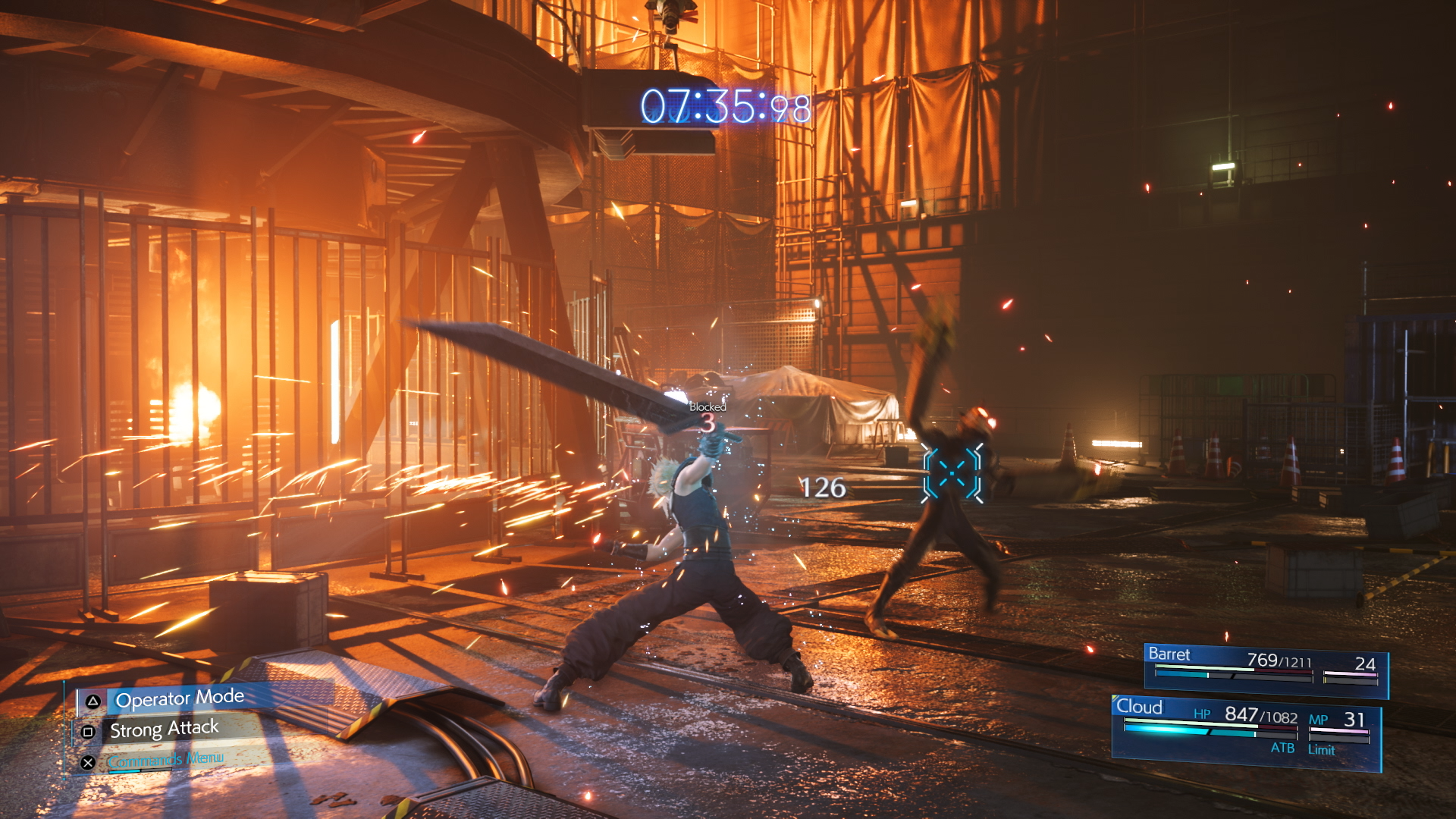
So first let’s take a look at the base game. Content wise it’s unchanged from the PlayStation 4 version – to the point I slipped in my old save (after transferring it from the PS4 version) and picked up my old clear file and trophies without issue. What it does bring is a set of new visuals, improved framerate, a new difficulty and even a photo mode. The graphics aren’t just some resolution bump either – Remake has seen a complete make over here from top to bottom. Textures are sharper and more detailed (including fixes for many problematic ones in the original such as Cloud’s apartment door or Aerith’s flowers), character models are cleaner and the atmosphere has been spruced up with improved lighting and the addition of fog in certain areas. Whether you opt for 4K mode or the Perfomance Mode (lower resolution at 60 frames per second), there’s no doubt Remake looks better than ever. Truly, the clean up is good and representative of the game in its greatest condition.
If you’re not too hung up on resolution, the Performance Mode offers the best gameplay experience. The jump from 30 to 60 frames per second does make that big of a difference. Combat feels smoother and less like trudging through water – although the Graphics mode itself runs steady on its own. Actions are quick and feel that way too, adding a sense of speed unseen to battles and even just running around the field.
Along with performance improvements, loading has been drastically reduced in both modes. Loading saves happens near instantaneously, with fast travel accounting for only five seconds or so. It’s a massive jump from the near minute load times found on the PS4 version. Other PS5 exclusive add-ons include haptic support through the DualSense controller – most of which was noticeable but not too distracting or heavy in the bike sections during testing with physical push-back during acceleration. It’s something different, admittedly, for part of the game that already mixes things up a bit. A photo mode has also been introduced, letting you set up shots with a barebones list of options. It’s certainly not as in-depth as some of Sony’s first party offerings but it gets the job done, at least allowing you to hide menus and party members and the like.
PS4 vs PS5 Graphics Comparison
All of these elements then extend to the real meat of Intergrade – FF7R Episode INTERmission, the two chapter outing featuring the aforementioned Yuffie. It’s a bit of a “midquel” of sorts that takes place during the events of the main game’s story following the destruction of Mako Reactor 5. Without delving into more direct spoilers, it’s heavily recommended players at least play through the base game before checking out this new content.
INTERmission opens up with its protagonist Yuffie, who’s on a mission to seek out members of Avalanche. She’s found herself in the dirt and dust-filled streets of Sector 7’s slums and must navigate her way following mocked up moogle signs to meet the group’s members and reunite with her fellow ninja, Sonon. If you (and you should) played the base game, this location should be familiar down to the iconic building where Seventh Heaven resides. Once at the Avalanche base, Yuffie will meet a cast of new characters before carting off to do side quests and eventually circle back around to continue the main scenario.
This is important because it’s the first time we really get to explore Yuffie as a leading character. In previous games, extending out to the Compilation works, she’s always been treated as a side affair. In the original Final Fantasy VII she’s an optional party member, which means you can miss her entirely – especially if you’re unaware of her existence. If you do get her, she comes off as a nuisance, stealing your materia at one point and acting like a kid for the rest of it. So it’s refreshing here now, with INTERmission, to be able to see her for more than that. See that she’s actually being treated as a character with personal agency, and her relationship with Sonon isn’t one-sided or pushy. It’s clear Yuffie is the one in charge here and she’s the one pushing the story.
The gameplay segments work off the assumption that you have at least an inkling of how to navigate the base game systems. That is, how to use the command menu, upgrade weapons, slot materia, pull up the map and other menus, down to smaller things like jump locations. INTERmission does, however, at least introduce Yuffie’s specific combat abilities with brief tutorial notes. Her kit is fairly straightforward but it’s her versatility with enemies that make her a formidable fighter. Pressing Square will deal out the basic attacks, while holding it down allows Yuffie to continue attacking before moving far enough she can execute a range attack by pressing Triangle or Throw.
Yuffie also has a wealth of abilities at the ready, such as Art of War that increases damage with each subsequent blow. She can also use Elemental Ninjutsu, which temporarily enhances fire, ice, lightning, or wind ninjutsu. Of course, she wouldn’t be a ninja without the ability to Steal and her Limit Break, Bloodbath, sets off a series of blows that causes high damage to the opponent. Once Sonon joins in, she can Synergize with him to do up powerful versions of her own attacks. Pressing L2 during battle activates this skill, and can be turned off at any time. Sonon himself can’t be controller directly, but you can issue commands, including his own set of abilities, to him through Yuffie. They differentiate themselves enough away from Cloud and the others that has the gameplay feeling fresh, speedy and exciting.
Outside of combat, you can take Yuffie around the Sector 7 slums for a bit of sidequesting. Meet up with Old Snapper, who’ll have you pursuing about for a series of turtle-themed flyers. Or, if you’re looking to kill more time, hit up a number of marked NPCs for a game of Fort Condor for a chance to even challenge the grandmaster and win a rare materia. Fort Condor is a brand-new mini-game fans of Final Fantasy VII might remember. It’s been retooled in-universe and modeled after a Shinra military excursion. Due to its popularity in the Sector 7 undercity, it can be quite the time waster. Similar to the original, you’ll place a variety of unit types that automatically charge toward the enemy units to attack. It’s a unique spin on old content and one I found myself enjoying a lot more than I thought I would. With the amount of NPCs raring to go, I found myself wanting to hang out with them rather than speed along to the rest of the main quest.
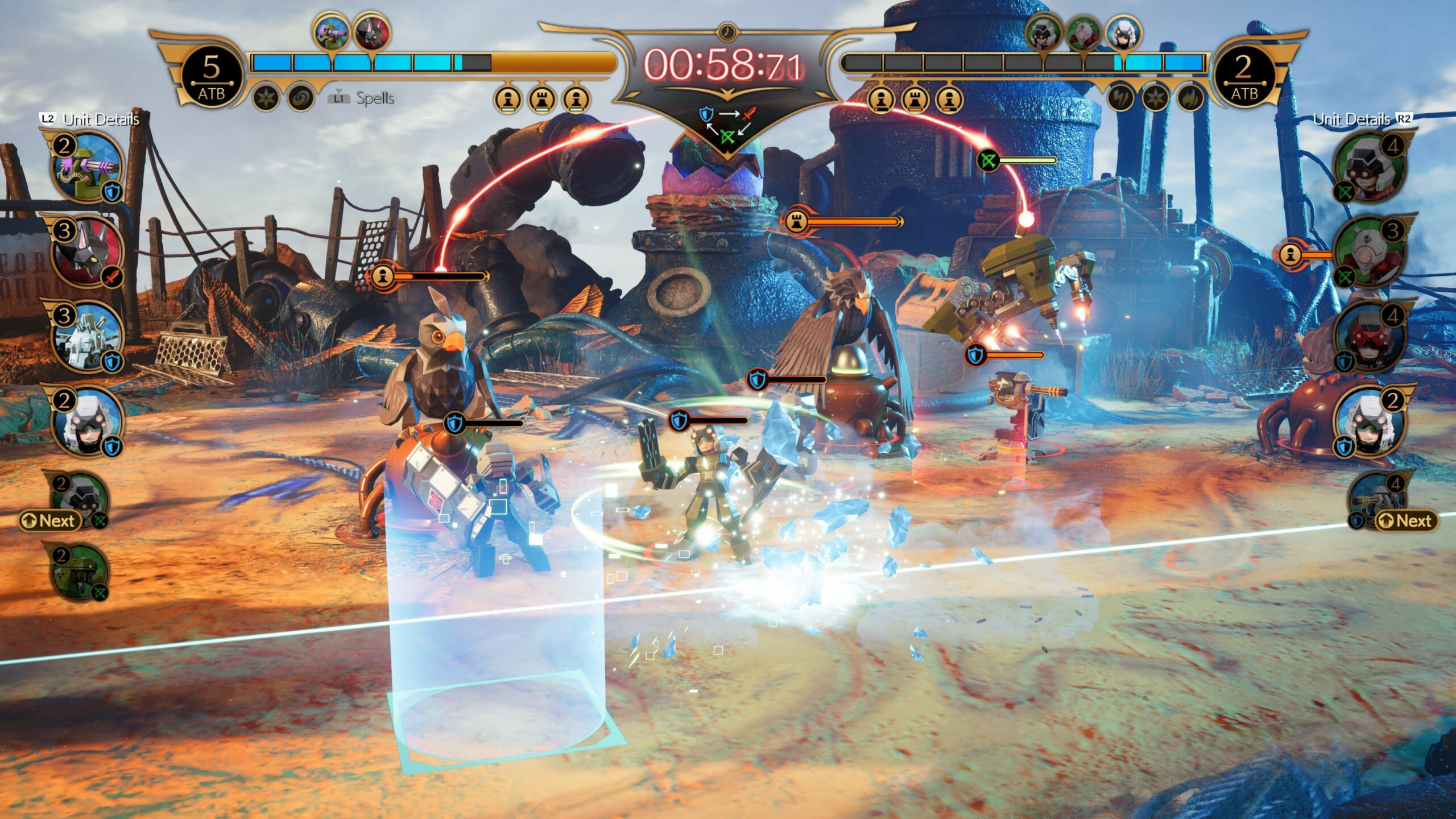
As with the base game, INTERmission is quite the visual feast, enjoying the same 4K Graphics and Performance options as its sibling. Yes, there’s a bit of recycling – the entire Sector 7 undercity, for example, and other bits and pieces that have been strewn together in the newer areas – but overall there’s enough newer elements that it’s not distracting. New music has been added throughout as well, with a number of tracks experimenting with different, unexpected genres. It feels like the sound team really had fun trying new things here – particularly with the Happy Turtles theme.
INTERmission‘s goal of telling a story unseen is largely successful. It gives us more insight on an underused character with Yuffie and strengthens both Wutai and the greater Avalanche’s role in active events. Yuffie and Sonon share great rapport and their story beats hold enough weight on their own away from the “main cast”. That said, without delving into spoilers, the resolution of a certain character’s fate didn’t quite gel with me in how it was presented, but I’m willing to wait and see what it means come potential future developments.
Expanded gameplay and visual polish befitting the new generation round out the experience. It’s more than just a sidequest – this four hour or so journey is a fitting companion in preparation for the next part of the Remake project. Certainly, it’s the icing on the cake for the package that is Intergrade as the definitive Final Fantasy VII Remake, and fans once again have been rewarded in spades.
Disclaimer: PlayStation 5 review code provided by the publisher Square Enix.
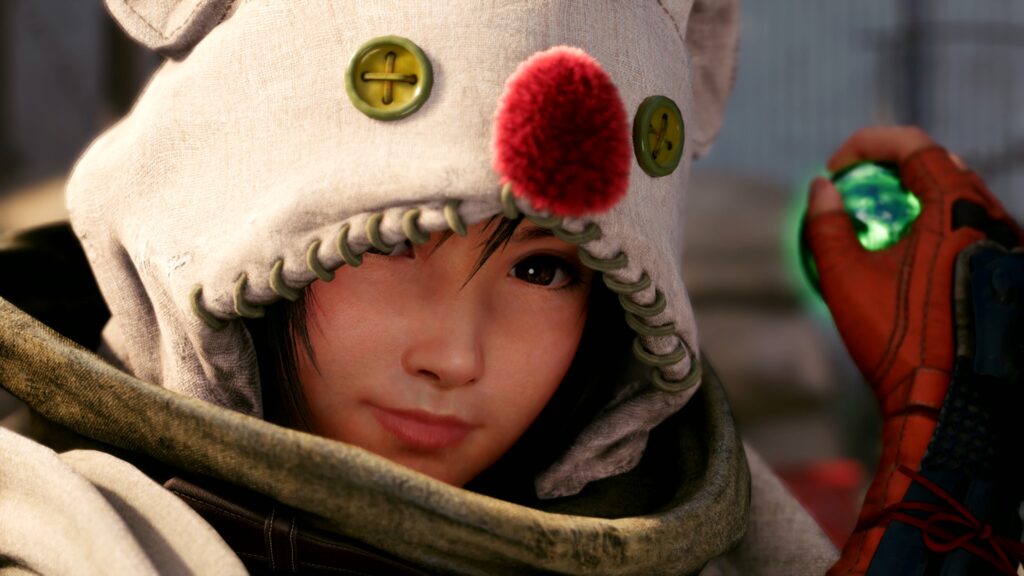
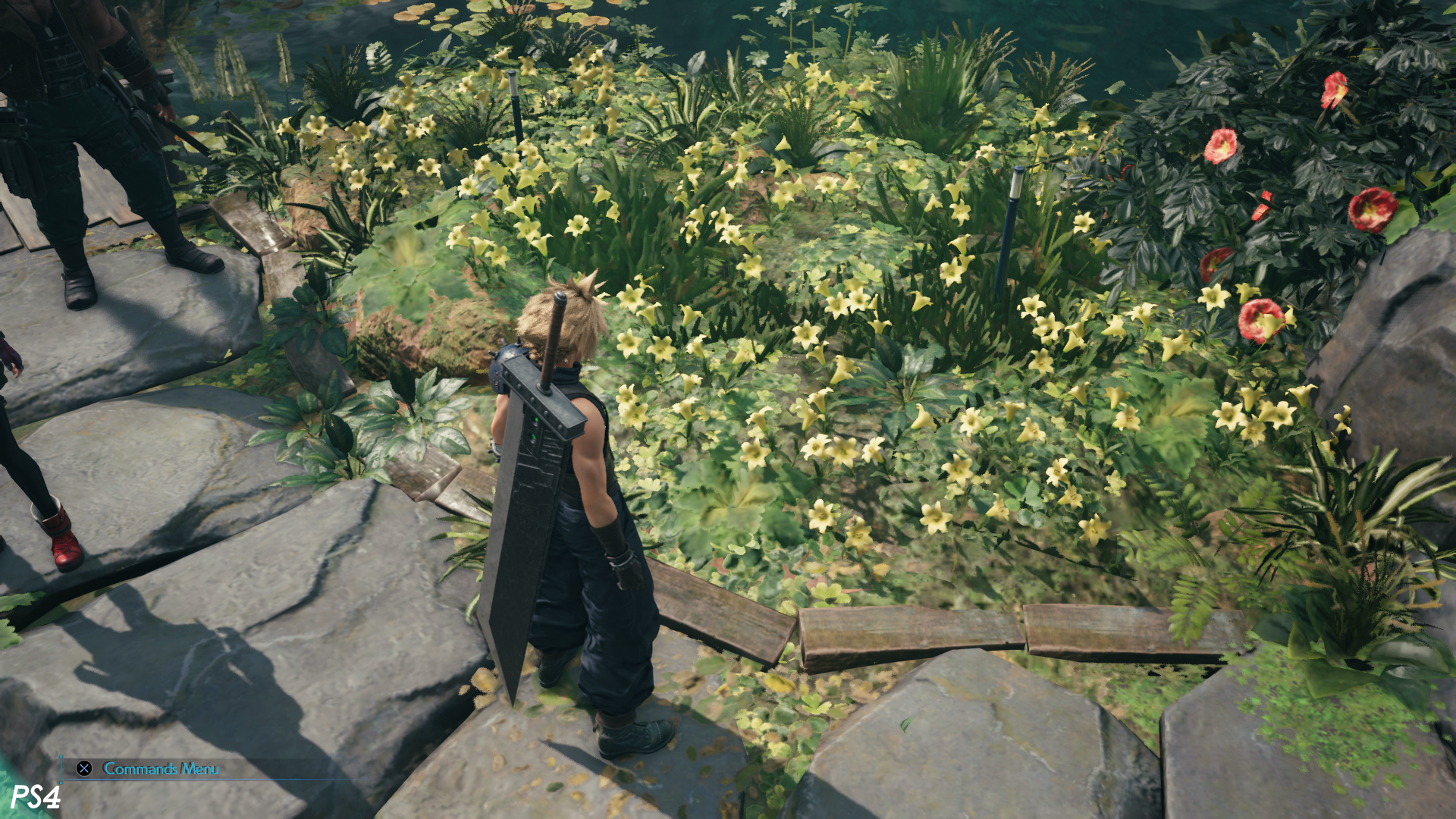
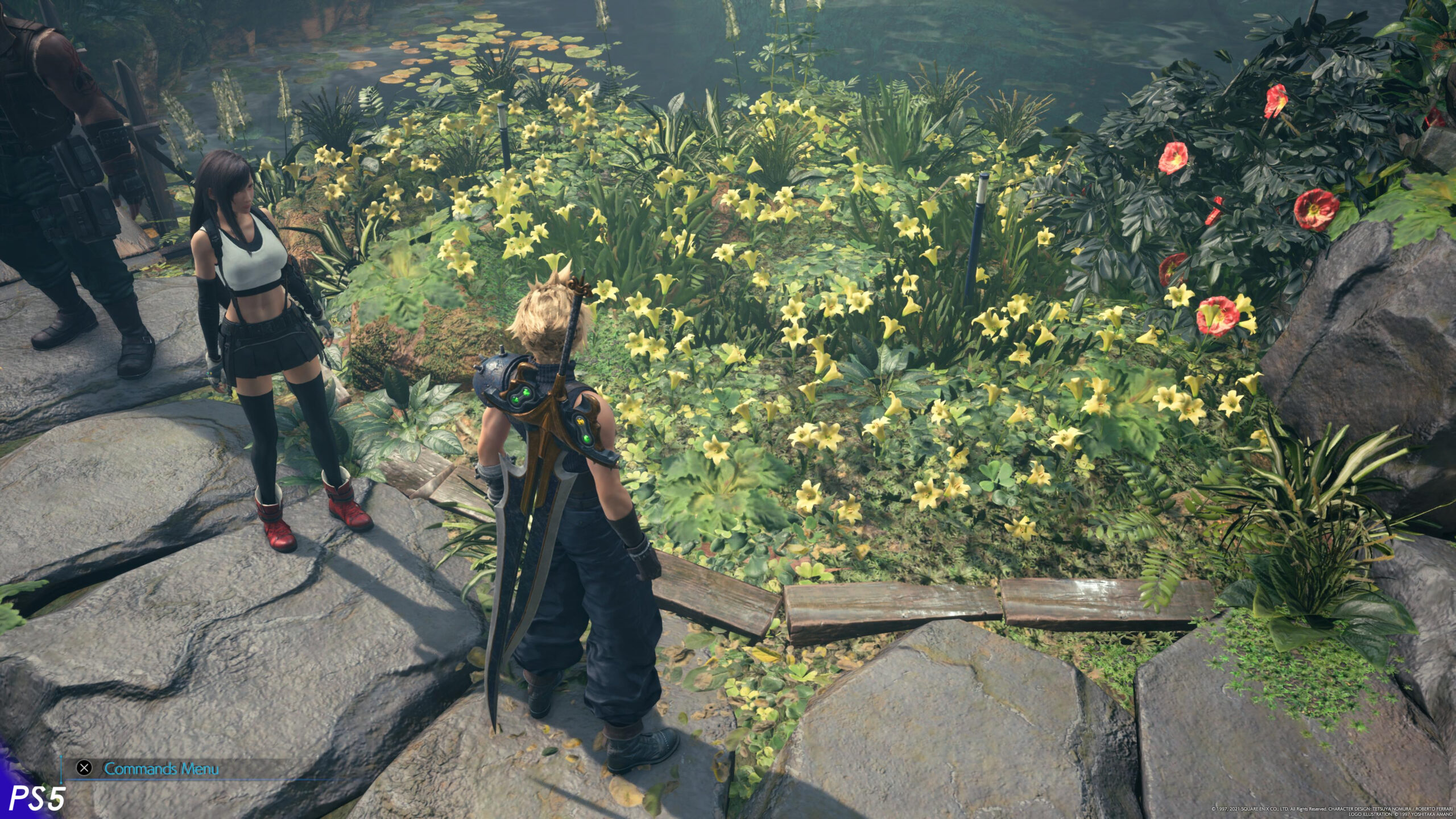
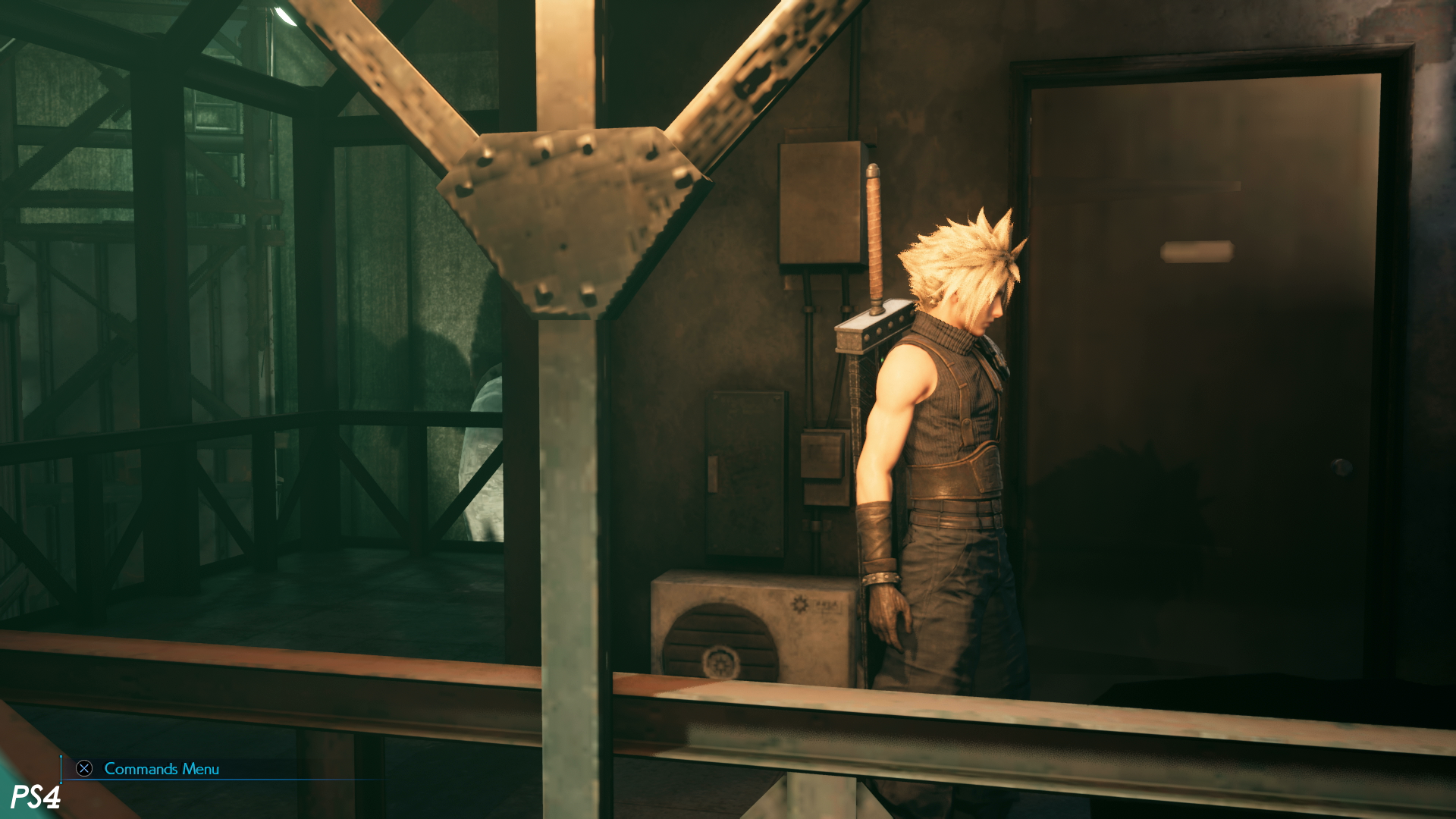
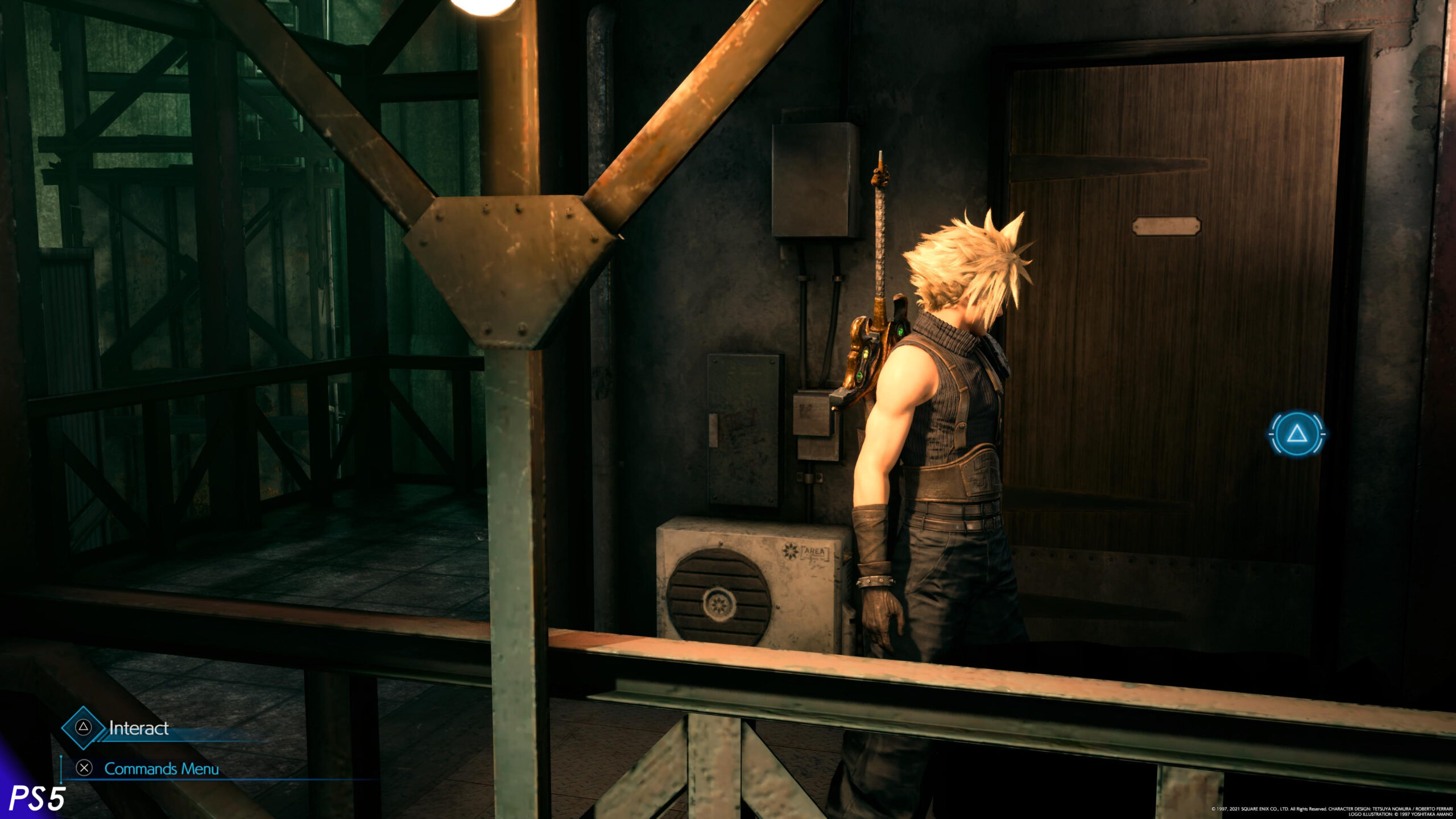
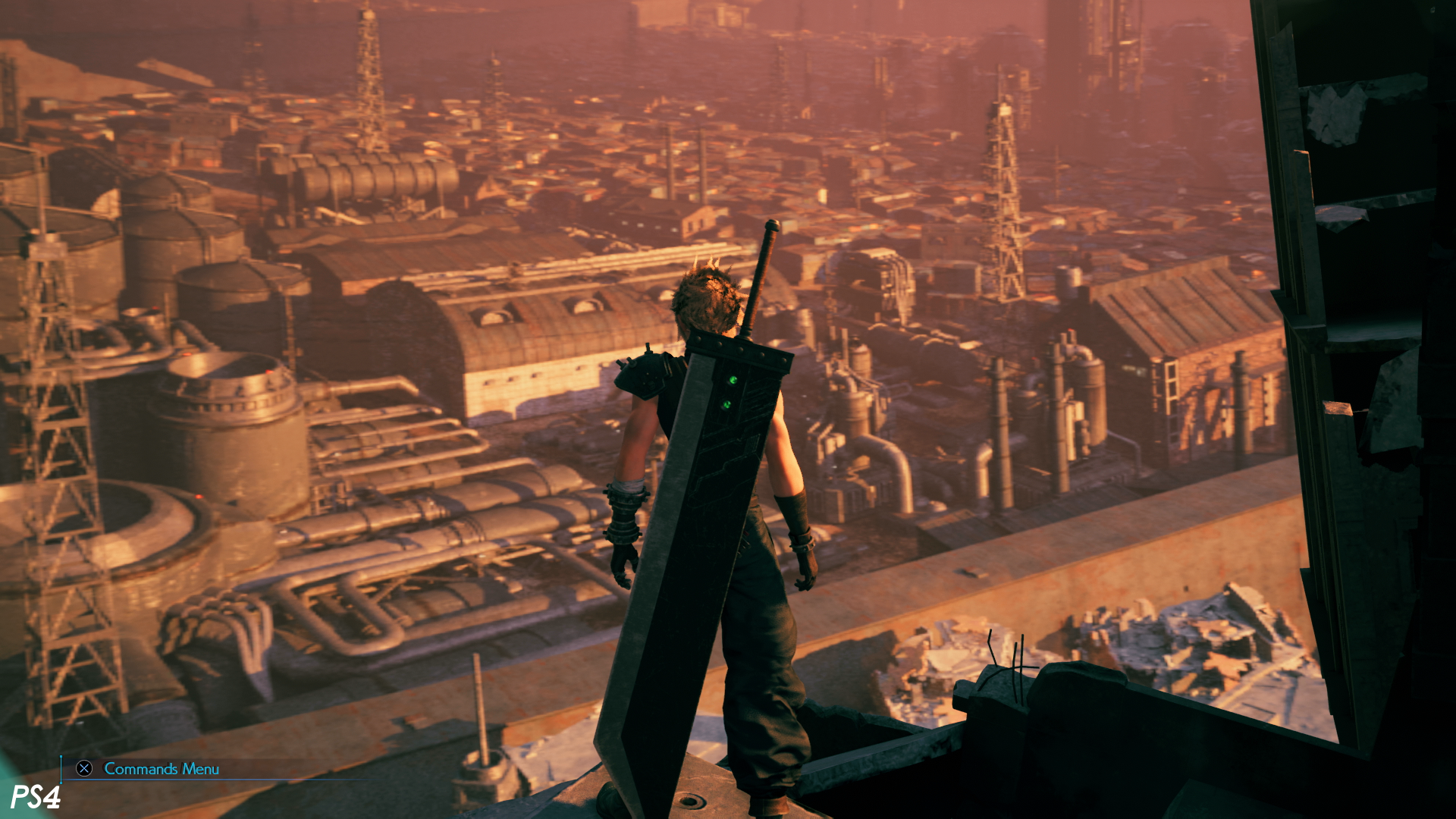
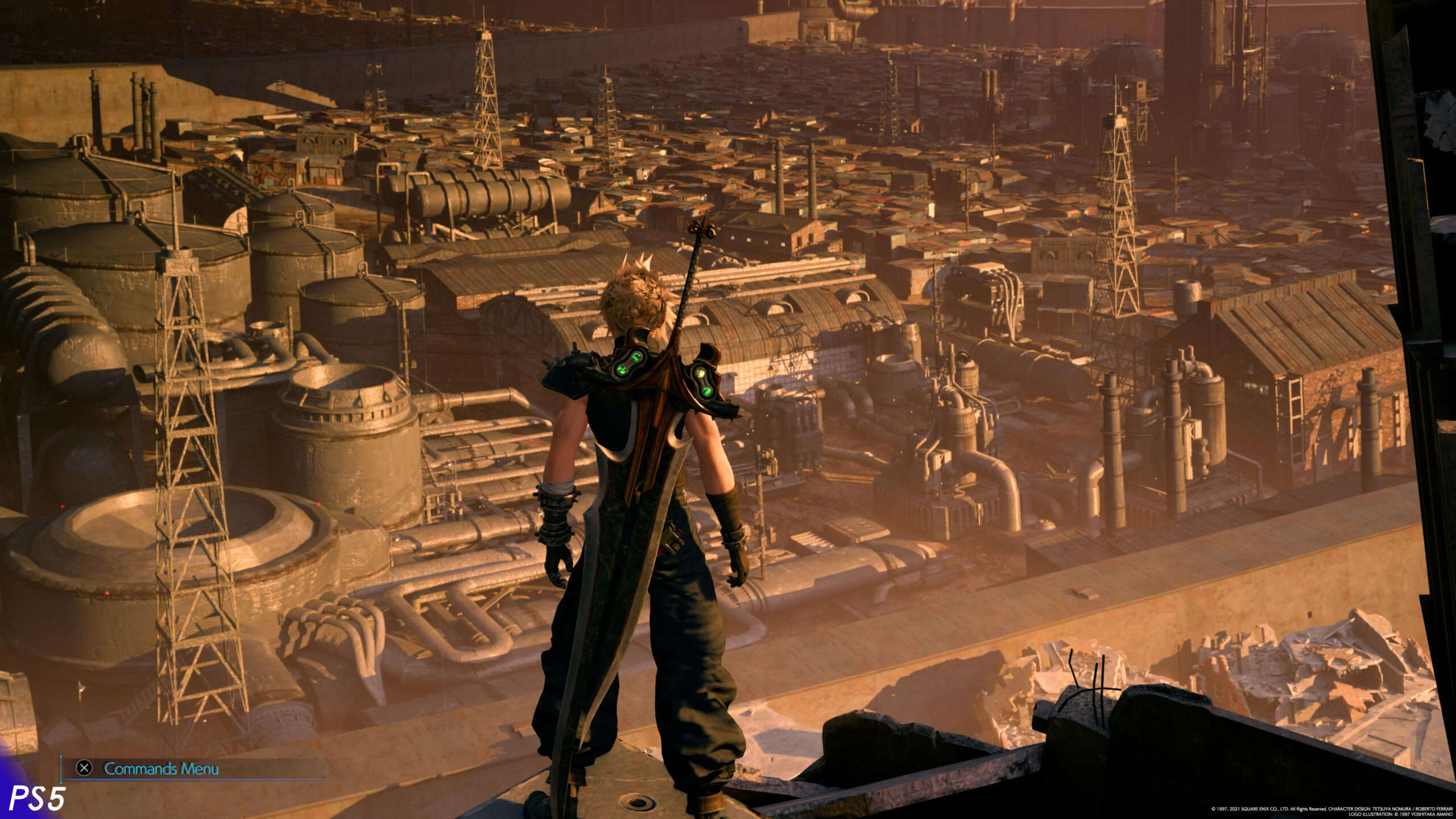
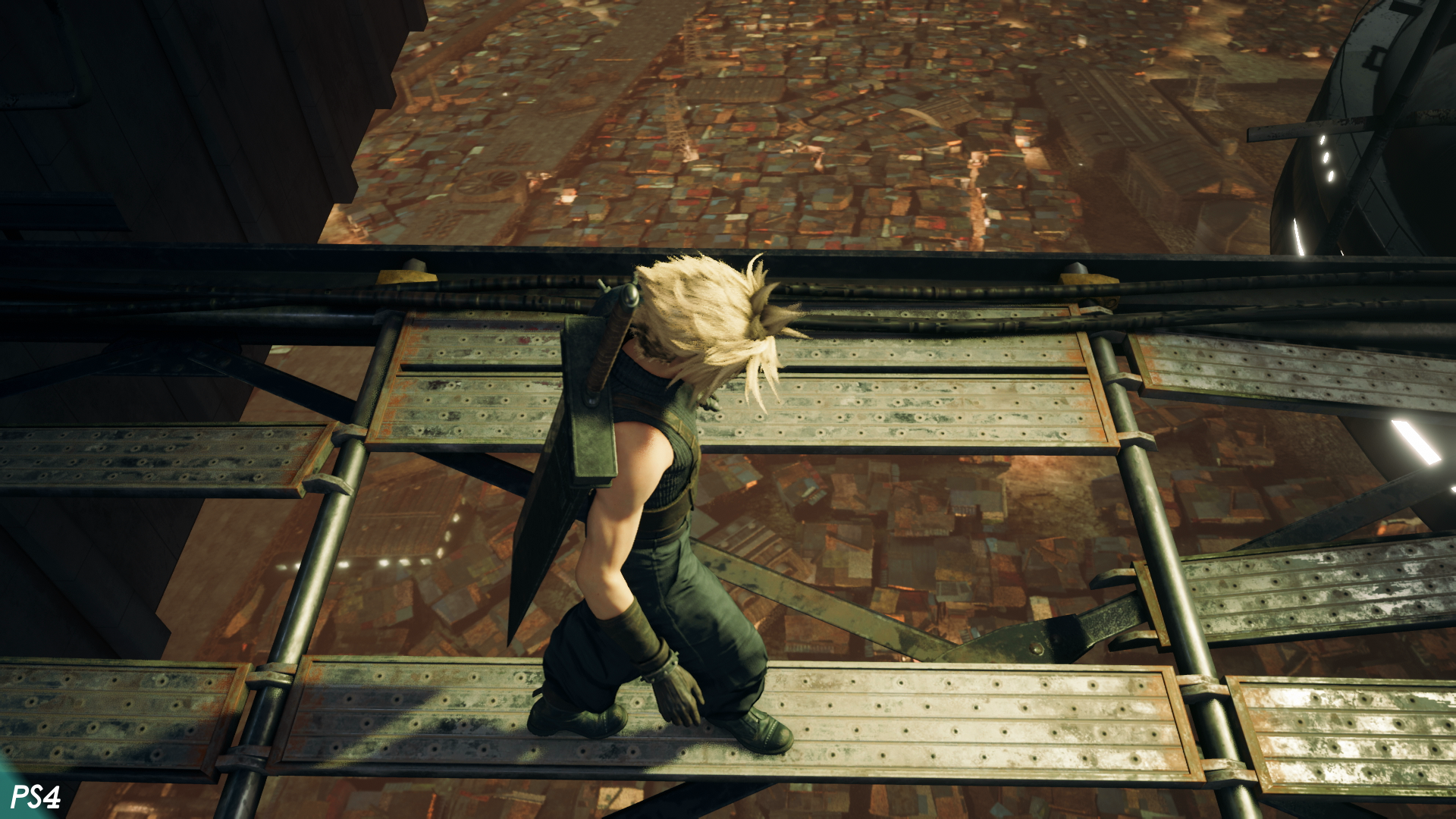
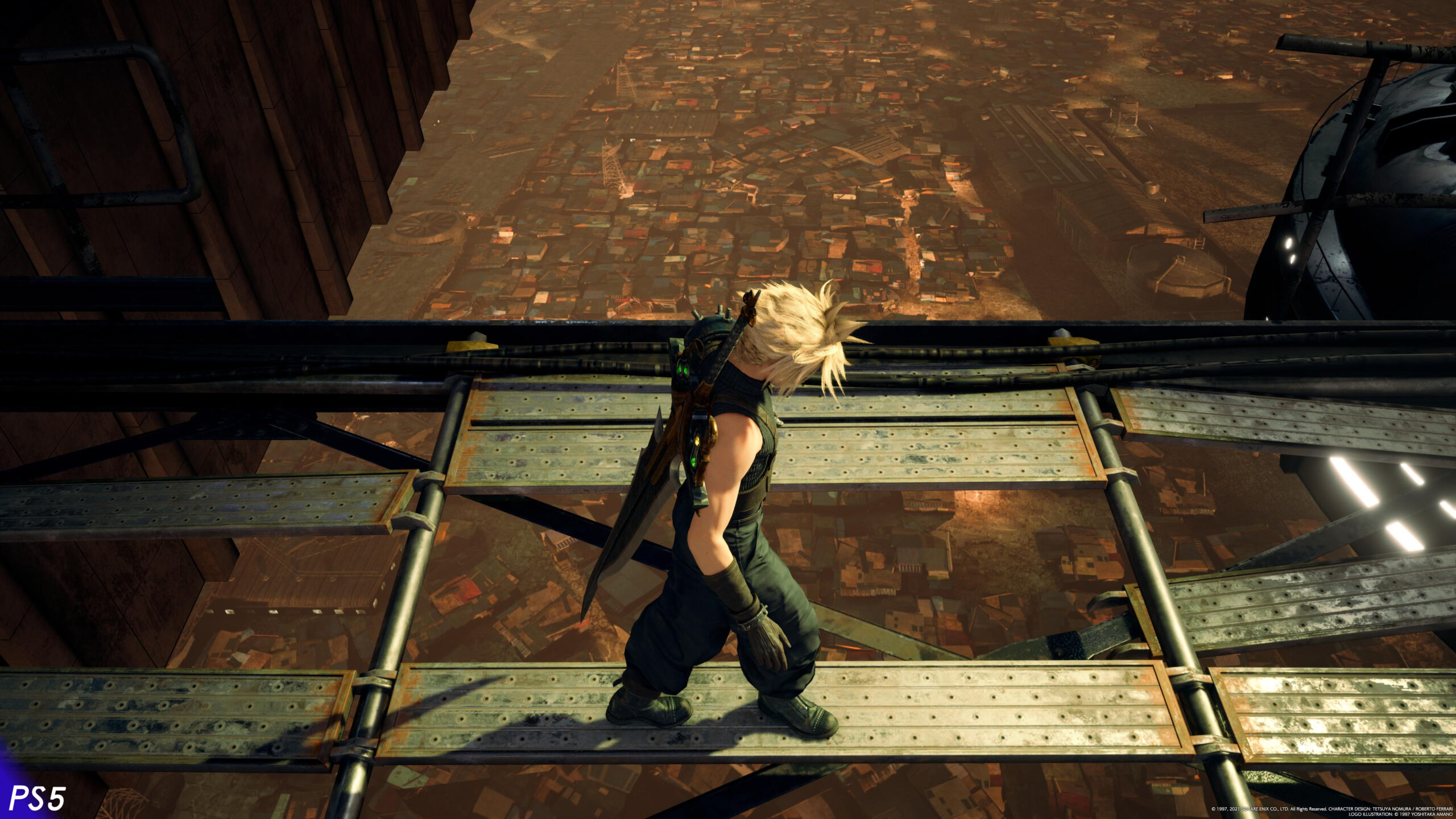
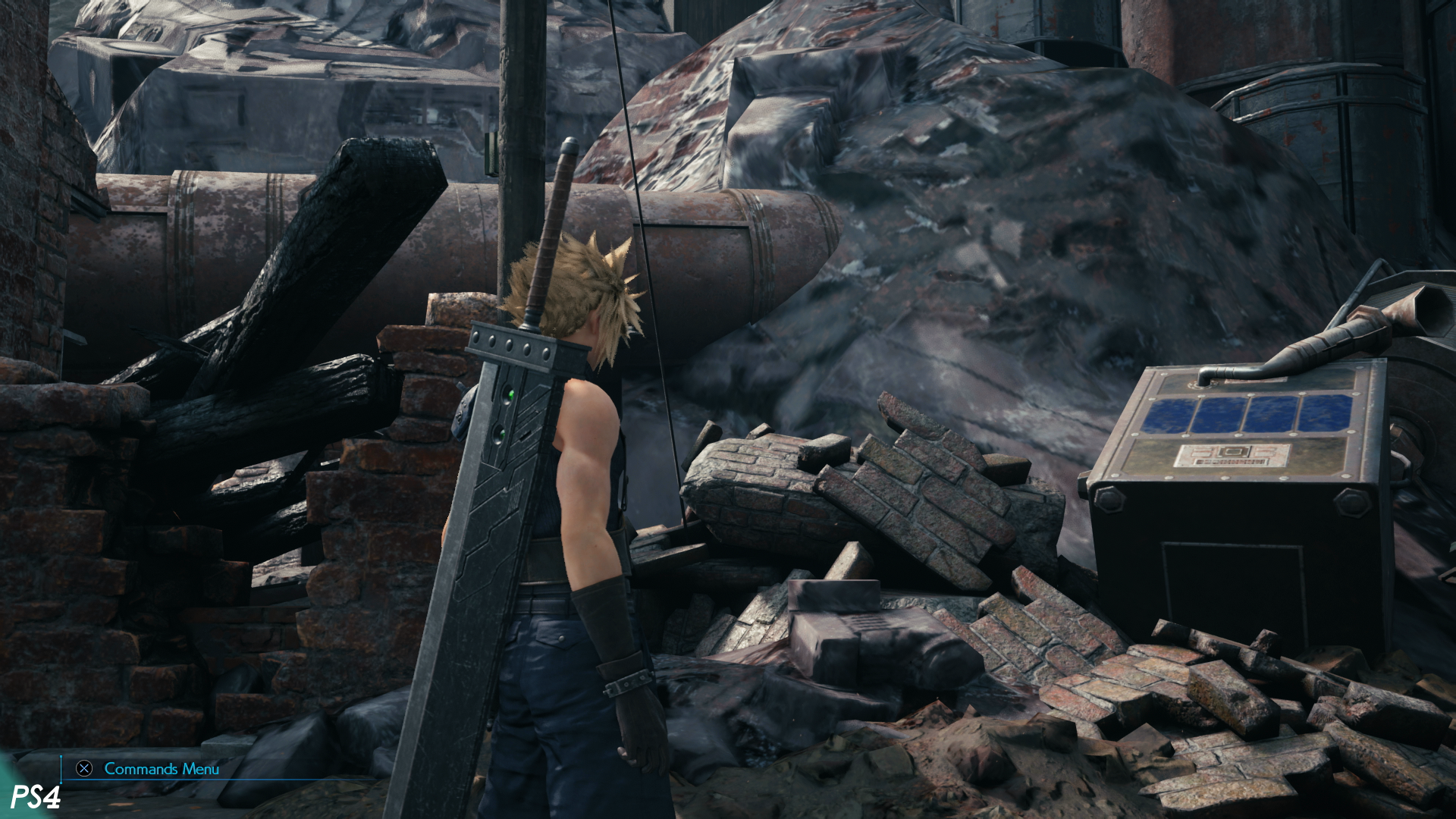
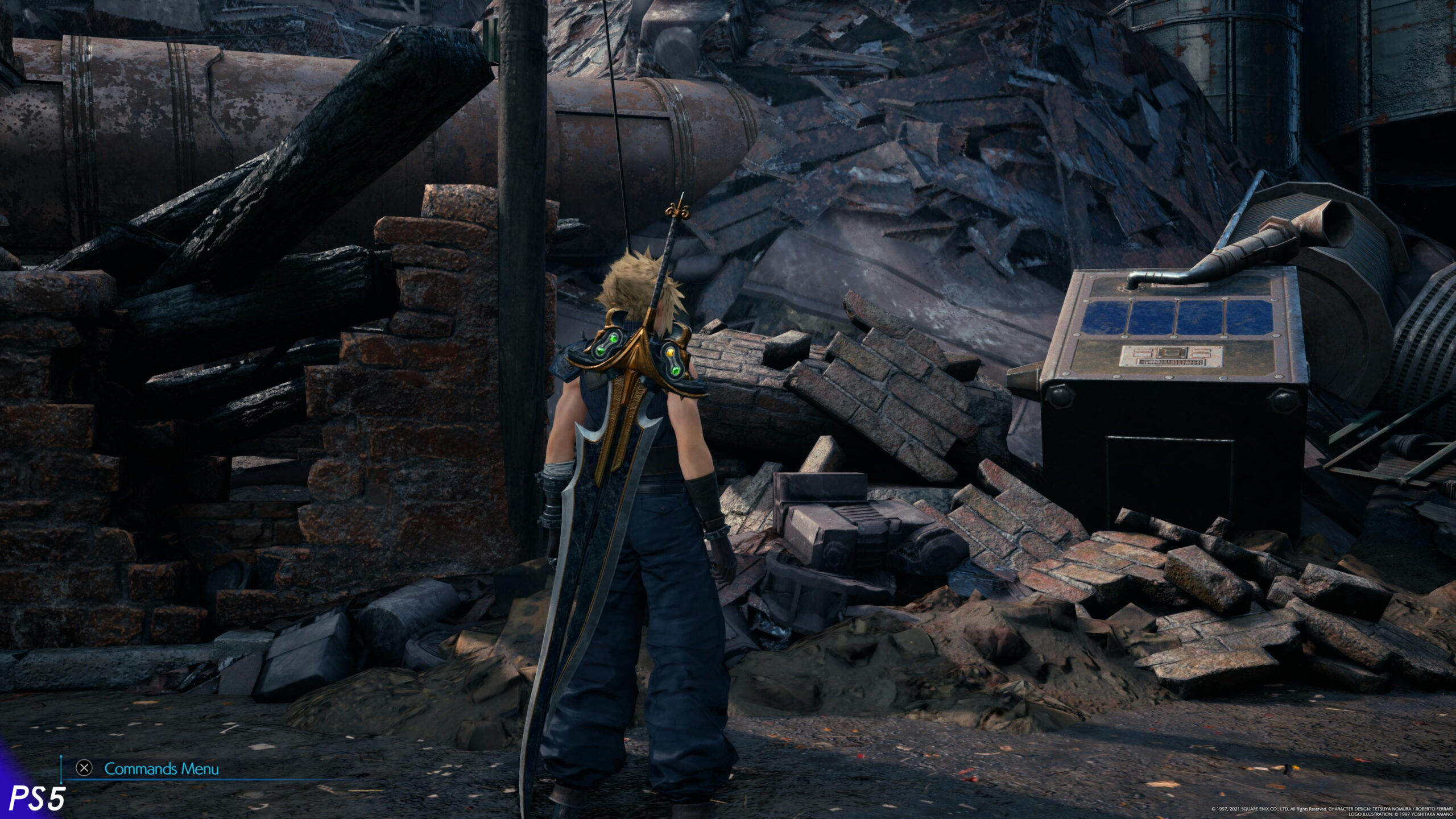
Recent Comments